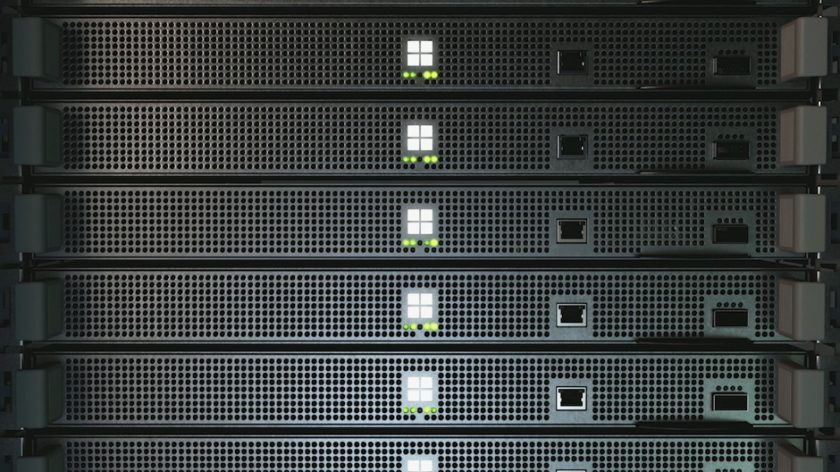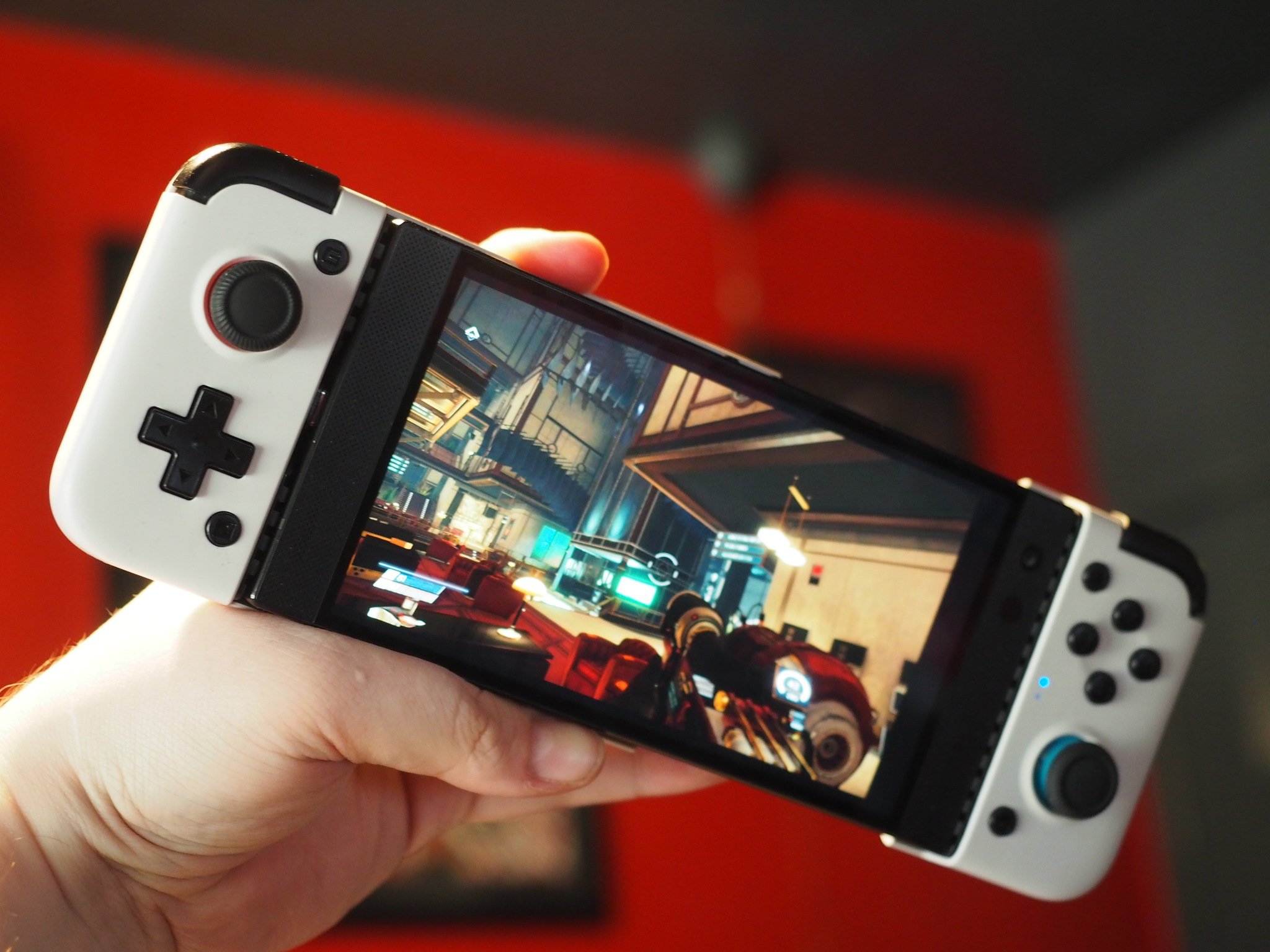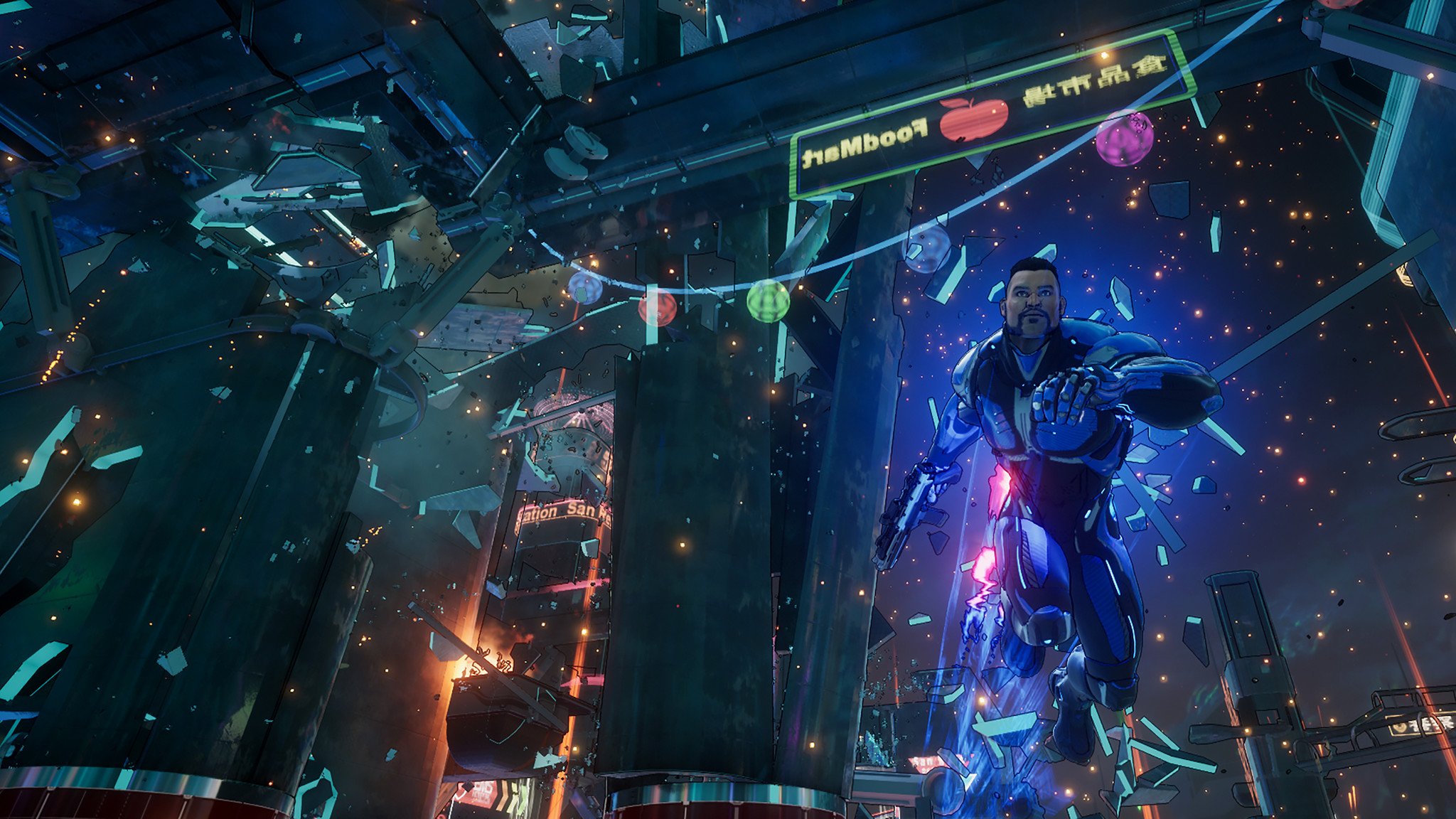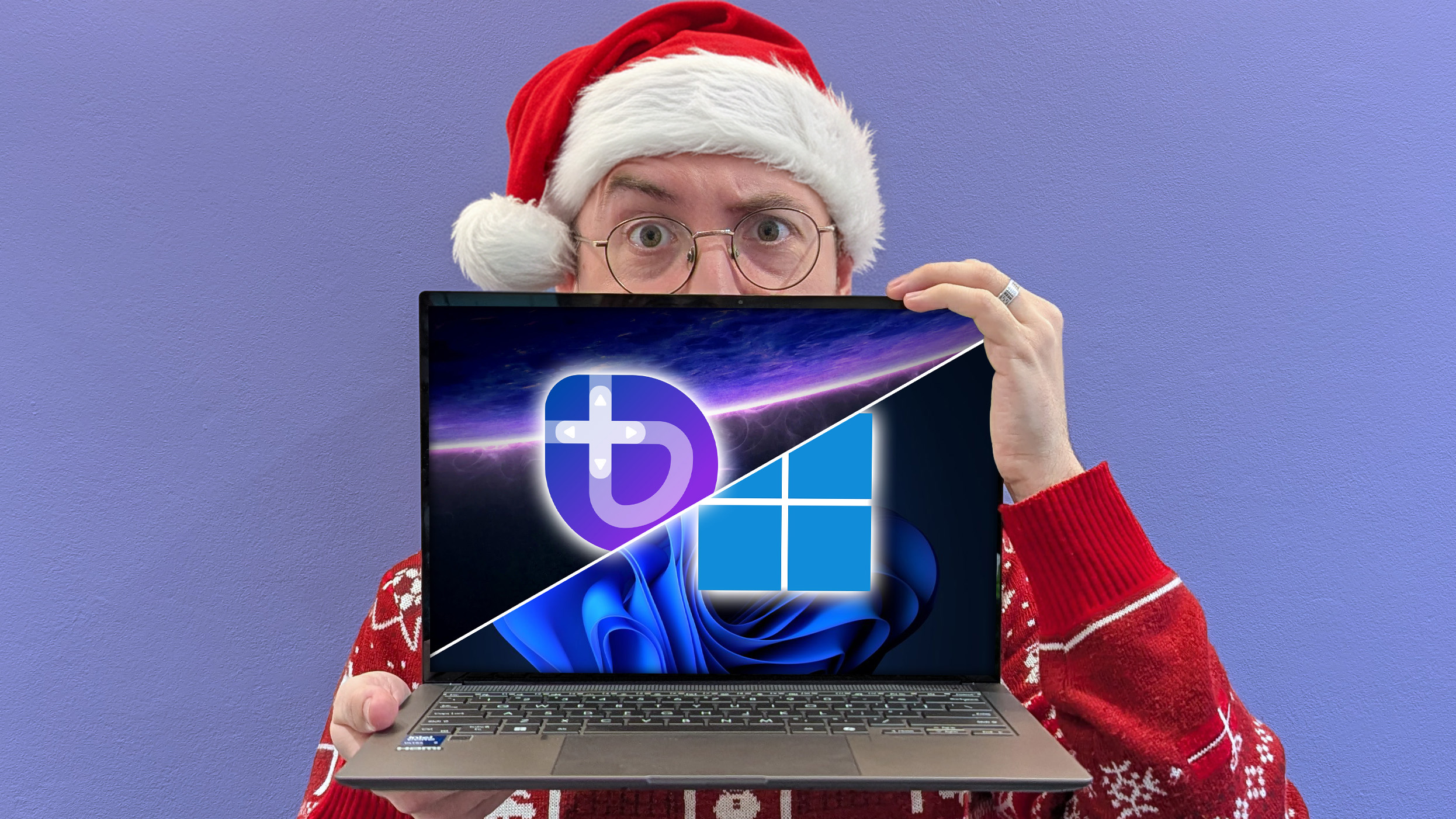Microsoft is building cloud-native Xbox games, but what does that mean?
Microsoft enlists Portal and Left 4 Dead co-creator to build cloud-native games.

Since 2013, Microsoft has touted the "power of the cloud" to deliver the next wave of gameplay innovation to Xbox and Windows PC. Microsoft's prowess in the cloud has yielded many tangible benefits many of us now ultimately take for granted.
I saw a post on Twitter last week describing a scenario where someone was able to retrieve a 12-year old Xbox 360 save, and bring it all the way forward to Xbox Series X gen-9 consoles, using Microsoft's investments in free cloud saves for the platform.
Thank you @Xbox. I was able to load my Xbox 360 digital copy of Secret of the Monkey Island special edition on my Series X in just minutes and it picked up my cloud save game from 12 years ago 😍💚 pic.twitter.com/yxH0P9UIQ2Thank you @Xbox. I was able to load my Xbox 360 digital copy of Secret of the Monkey Island special edition on my Series X in just minutes and it picked up my cloud save game from 12 years ago 😍💚 pic.twitter.com/yxH0P9UIQ2— Tony | GOML (@Commodus) June 20, 2021June 20, 2021
We also have Xbox cloud gaming, included with Xbox Game Pass, colloquially dubbed "xCloud." You can load up and play dozens of titles from any modern Android device, and soon, any device with a web browser, thanks to the xbox.com/play website. Microsoft is expanding its Azure footprint to new territories too, opening up new data centers in Africa and Asia, with Xbox Series X-level upgrades coming to Xbox cloud gaming in the coming months ahead.
What about cloud as pertains to game design, though? Yesterday, Microsoft revealed it's making some big moves in that space too, picking up where Google Stadia ultimately dropped the ball. Here's what you need to know about its plan to develop "cloud-native" games for Xbox.
What exactly is cloud gaming?

In a tweet, Microsoft revealed that it has enlisted the aid of Left 4 Dead and Portal legend Kim Swift, to explore the possibilities of "cloud-native" gaming experiences, but what exactly does that mean?
There are various games out there that use the "cloud" right now, more often referred to as dedicated servers in this instance. World of Warcraft and other MMO realms run on dedicated servers in the U.S., Europe, and other continents, for example. The new Microsoft Flight Simulator parses real-time cloud data and weather patterns, dynamically injecting them into the game on the fly. Some competitive shooters also use dedicated servers, such as Battlefield, which are far more powerful than the instances that can be run on player-hosted peer-to-peer style matches, prevalent in the likes of Call of Duty.
None of these games are cloud native, though. Data on your player's actions and movements may be uploaded to the cloud and then fed back to others in the server. But the graphics, inputs, and usually physics are rendered on the client, which can create a latency gap between different players in the experience. As a basic example, have you ever seen a kill cam in Call of Duty, and noticed that the player on the other end saw something completely different from you? Your positions weren't completely in sync. This is often referred to as a "host advantage," since Call of Duty uses player's consoles for hosting matches, whoever's console is chosen as the host will likely have a more "native" experience than those connecting up to that instance.
All the latest news, reviews, and guides for Windows and Xbox diehards.

A cloud-native game is a game that runs in large part, or even entirely, from Microsoft's servers. At a basic level, this is how Google Stadia and xCloud operate today, where you stream the entire game, graphics, physics, and all from a remote server. Google was planning to build cloud-native experiences for Stadia, until it unceremoniously bailed after realizing that game development is difficult and expensive.
A cloud-native game is a game that runs in large part, or even entirely, from Microsoft's servers.
The thing about games on Stadia and xCloud, however, is that the games weren't necessarily designed to be run from the cloud. They are PC and console games that just so happen to be running on servers but don't accommodate the differing gameplay paradigms. For example, the disadvantage of a Call of Duty peer-to-peer multiplayer server is that interaction desynchronization is prevalent, even if the client-side experience often presents as responsive and snappy. A cloud-native game would ensure everyone connecting to the same world would experience exactly that — the same world. The same physics. The same lighting and systems. The same enemy movements, and so on. The challenge there is offsetting input latency, which is noticeable to varying degrees depending on the game.
A cloud-native game would be built around these challenges. Microsoft has explored this a bit with Minecraft Dungeons, which is supposedly designed with input delay in mind for those playing from on cloud streaming services. Today's announcement reveals an intent to invest more in the space, and explore the true potential of this future-facing tech.
What is Microsoft doing to invest in cloud gaming?

Microsoft sees an opportunity to bring gaming to people who don't have, or simply don't want, a high-end console or PC. There are three billion gamers on the planet, categorized as people who interacted with an electronic gaming experience in some form month over month. That can include everything from Counter-Strike to Candy Crush.
Core gamers such as myself and those likely reading this often forget how small console gaming is, relative to the overall pie. Mobile gaming expenditure is gargantuan, and a large part of that spend isn't necessarily because the games are better or more fun — it's because they're more accessible. The devices you already own, right at your fingertips, without significant upfront investment. Microsoft wants to connect this vast audience to traditional console and PC developers and sees the cloud as the vehicle for achieving this.
Microsoft enlisted Kim Swift, formerly of Google Stadia and Valve, to help realize exactly what cloud native gaming may look like. These are games that conform to the dimensions and available inputs of your device and the condition of your connection, wholly agnostic of the relatively rigid confines of the traditional console and PC market.
Our team focuses on three pillars in our games: Community, Innovation and Inclusivity. Today, @K2TheSwift joins us in XGS Publishing to accelerate our Innovation and collaborate with independent studios to build games for the cloud.
Welcome to the team, Kim! pic.twitter.com/pM3E5XxyrtOur team focuses on three pillars in our games: Community, Innovation and Inclusivity. Today, @K2TheSwift joins us in XGS Publishing to accelerate our Innovation and collaborate with independent studios to build games for the cloud.
Welcome to the team, Kim! pic.twitter.com/pM3E5Xxyrt— Xbox Game Studios Publishing (@XboxPublishing) June 21, 2021June 21, 2021
Xbox Studios Publishing head Peter Wyse recently spoke to Polygon about Microsoft's efforts in this space. "Microsoft's renewed focus on cloud gaming is similarly aimed at making games more accessible to people who don't have or want a gaming console or computer. The company's next big goal is to create 'cloud-native games.' We don't know exactly what that looks like today, or what that even plays like." Wyse elaborated that Swift is building a team that focuses on cloud-first gameplay, albeit in the early stages.
GamesBeat's majestically-maned editor, Jeff Grubb, reported that one of the games being pitched potentially involves Hideo Kojima, famed for Metal Gear Solid and Death Stranding. There were earlier reports from VGC that one of Stadia's canceled cloud-native experiences involved Kojima, although since denied by Google.
Will it actually pan out?
The "power of the cloud" became a bit of a meme after Crackdown 3. The game's unique selling point was cloud-powered destruction physics, which was admittedly spectacular. The problem being, of course, the underlying game was just sadly quite poor. Servers can render physics several thousands of times more complicated than your home hardware can potentially, but it doesn't make up for what is ultimately a bad game underneath.
Microsoft is on the cutting edge of a new paradigm with its investments in the cloud.
With power-hires like Kim Swift and legendary out-of-the-box thinkers like Hideo Kojima, Microsoft may eventually figure out exactly what this "cloud-native" thing means. By Peter Wyse's own admission, right now, they simply don't know. But that's okay.
When video games flipped from 2D to 3D, it spawned a wealth of innovation that led to a vast array of new genres that are now considered staples. We moved from the neon line art of 1980's Battlezone on the Atari 2600 to the hyper-fidelity realism of Forza Horizon 5, and it sure took a fair while to get there.
Microsoft is on the cutting edge of a new paradigm with its investments in the cloud. That doesn't necessarily guarantee success, as we've seen from the relatively slow uptake of VR, and the collapse of Google Stadia's homegrown efforts. Microsoft is better placed than most to explore and ultimately put this tech to good use, though. Watch this space.
Related: Why Microsoft isn't ditching Xbox consoles for cloud

Jez Corden is the Executive Editor at Windows Central, focusing primarily on all things Xbox and gaming. Jez is known for breaking exclusive news and analysis as relates to the Microsoft ecosystem while being powered by tea. Follow on Twitter (X) and tune in to the XB2 Podcast, all about, you guessed it, Xbox!

